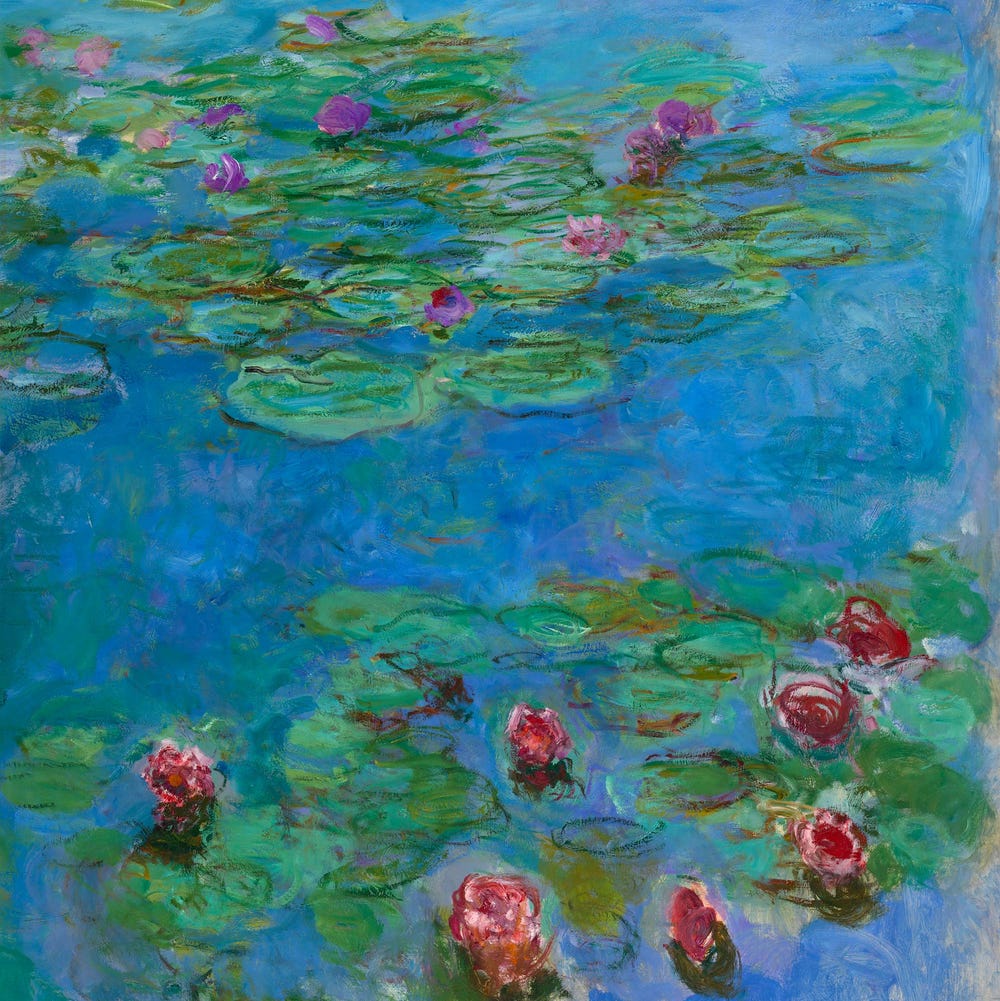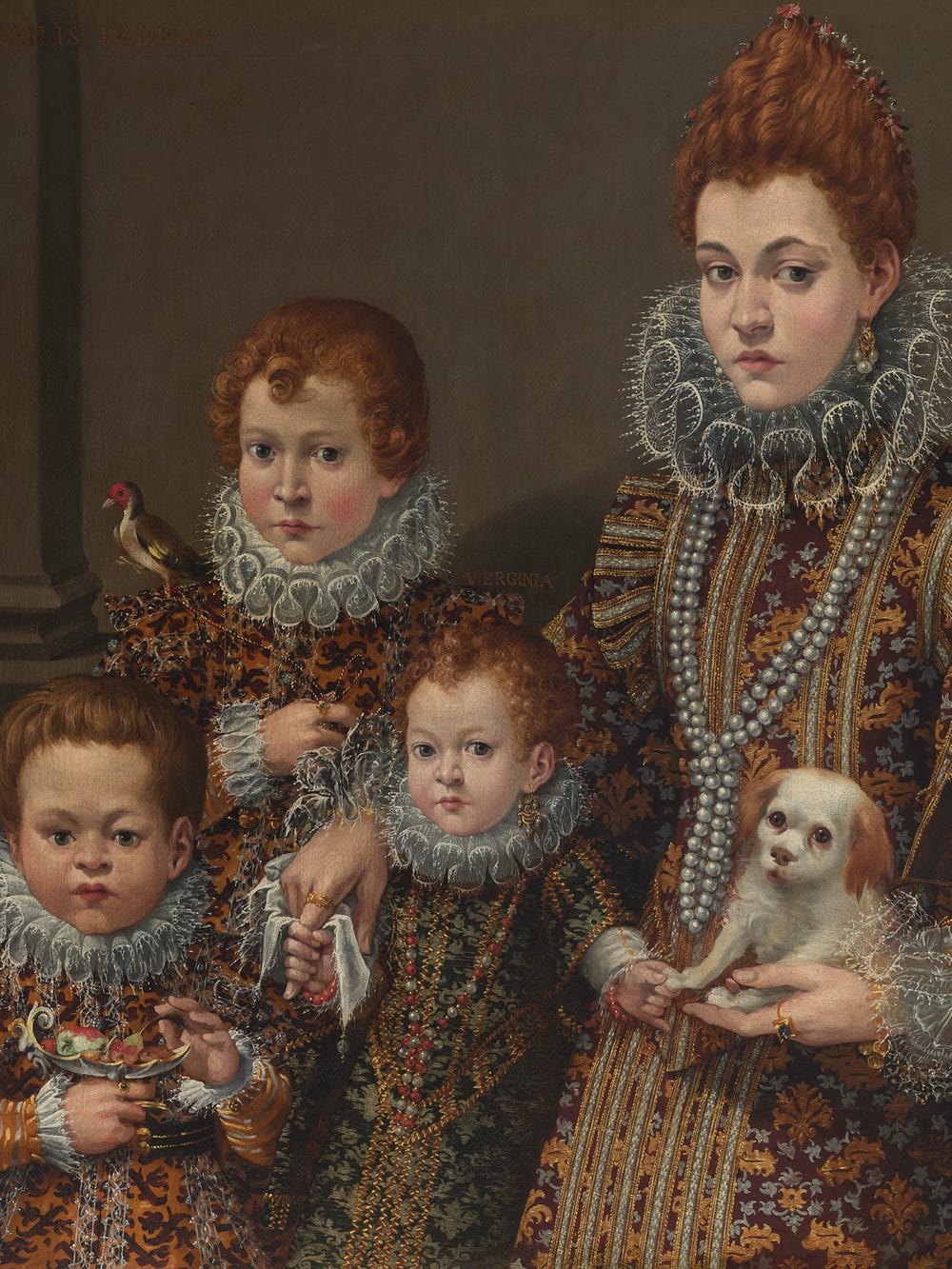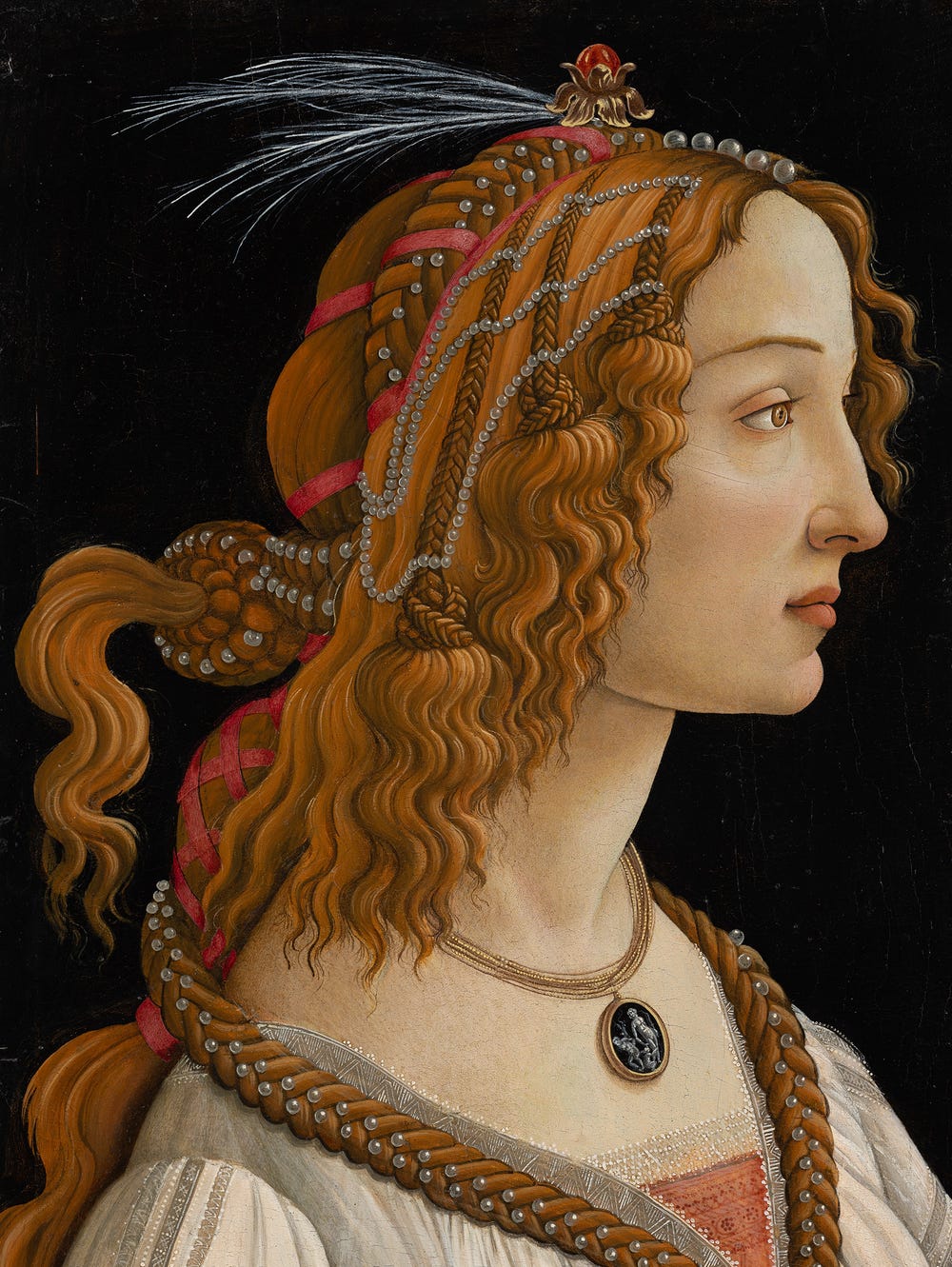Modern Marriage: A 17th-Century Dutch Seek + Find
By Isabella Lores-Chavez, associate curator, European paintings
August 15, 2024
Jan Steen, The Marriage of Tobias and Sarah (The Marriage Contract), ca. 1673. Oil on canvas, 41 x 50 1/4 in. (104.1 x 127.6 cm). Fine Arts Museums of San Francisco, Gift of the M.H. de Young Museum Society, 62.12.1. Photograph by Randy Dodson
There’s nothing like a wedding to show off all the latest trends and must-haves, to flaunt a little and fulfill a fantasy. For The Marriage of Tobias and Sarah (ca. 1673), Jan Steen drew inspiration from a biblical story — but set it in a fashionable Dutch country house in the 17th century. Steen swapped traditional representation for the chance to depict contemporary life as he knew it, with all its novel luxuries and quirky characters.
Jan Steen, The Marriage of Tobias and Sarah (The Marriage Contract), ca. 1673. Oil on canvas, 41 x 50 1/4 in. (104.1 x 127.6 cm). Fine Arts Museums of San Francisco, Gift of the M.H. de Young Museum Society, 62.12.1. Photograph by Randy Dodson
A biblical tale
The story goes something like this: Tobias, son of a pious Jewish man named Tobit, falls in love with a virtuous woman named Sarah after a long journey to retrieve money for his blind father. Sarah, however, has been plagued by a demon who has killed all her previous suitors. Fortunately for Tobias, his travel companion turns out to be the Archangel Raphael, who expels the demon, allowing the lovers to marry. In Steen’s painting, Tobias gazes heavenward, showing his gratitude to God. He holds Sarah’s hand, and Raphael stands between them.
Reflecting the times
Throughout the painting, Steen incorporates everyday 17th-century objects and activities, taking a rather different approach to the biblical story than some of his peers, such as Arent de Gelder.
Arent de Gelder, Edna Entrusting Tobias with Sarah, 1690s. Leiden Collection, New York
In Steen’s version, the bride wears a shiny satin dress of the sort preferred by elite Dutch women. At left, a jolly bearded fellow prepares to stick a tap into a large wine barrel to get the party started. At a table near the couple, the bride’s parents are busy reviewing the marriage contract: Sarah’s mother, glasses on, carefully reads the text while her father gazes over her shoulder. Steen has even included the notary — the type of officer that presided over legal documents in the Dutch Republic — who drafted the contract.
Detail, The Marriage of Tobias and Sarah
Gabriel Metsu, Woman Playing the Viola da Gamba, 1663. Oil on wood panel, 17 5/16 x 14 3/16 in. (44 x 36 cm). Fine Arts Museums of San Francisco, Roscoe and Margaret Oakes Collection, 60.30. Photograph by Joseph McDonald
But Steen’s references to daily life in the 17th century point beyond the Dutch Republic toward the wider world. Particularly after the establishment of the Dutch East India Company in 1602, the Dutch enjoyed an enormously prosperous economy. To sustain a competitive trade in luxury goods, merchants established colonies in distant places, from India to South Africa to Indonesia — devastating Indigenous populations and exploiting enslaved laborers in the process. The Dutch trading companies brought a steady influx of coveted commodities to their small nation and the rest of Europe.
Seek and find
Some of that precious cargo even made its way into contemporary artworks like Steen’s. Let’s see what goods are hiding in plain sight.
The wreath hanging above the bride and groom is woven from sunflowers, which were native to South America and made available by way of the Dutch West India Company’s colony in Brazil. The Turkish carpet, seen here on the notary’s table, became a common symbol of wealth and global dominance in 17th-century Dutch paintings.
Detail, The Marriage of Tobias and Sarah
Detail, The Marriage of Tobias and Sarah
At right, a boy picks an orange — imported from the Mediterranean — from a large porcelain dish, a popular type of blue-and-white vessel that arrived from China in huge quantities on Dutch ships.
Detail, The Marriage of Tobias and Sarah
Unidentified Chinese artist, Dish, 1660–1680. Victoria and Albert Museum, London. ©️ Victoria and Albert Museum, London
Most distinctive to Steen’s composition is the piece of Indian chintz draped beneath the porcelain dish. A cotton textile adorned with patterns in colorfast dyes, chintz was a major export from India in the 17th century. It was particularly appealing in Europe because it was available at various price points (based on the quality of the cotton). Chintz with patterns printed from wooden blocks was also more affordable than finely painted versions. Like porcelain, chintz was soon imitated by European manufacturers seeking to capitalize on its popularity. Global trade had an impact on these imitations too, as access to dyes from all over the world allowed textile producers to invent new types of printed cloth.
This piece of chintz appears in at least six paintings by Steen. With so many items and vignettes drawn directly from what surrounded him, it should come as no surprise that Steen even inserted himself into the picture: the notary is actually the artist’s unmistakable self-portrait!
Detail, The Marriage of Tobias and Sarah
Jan Steen, Self-Portrait, ca. 1670. Rijksmuseum, Amsterdam















